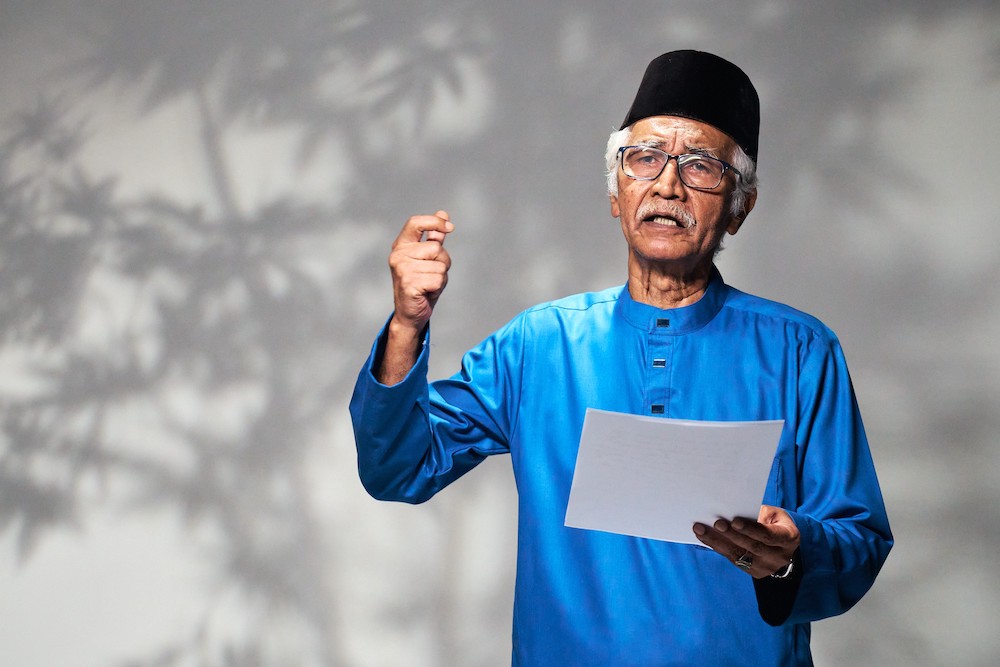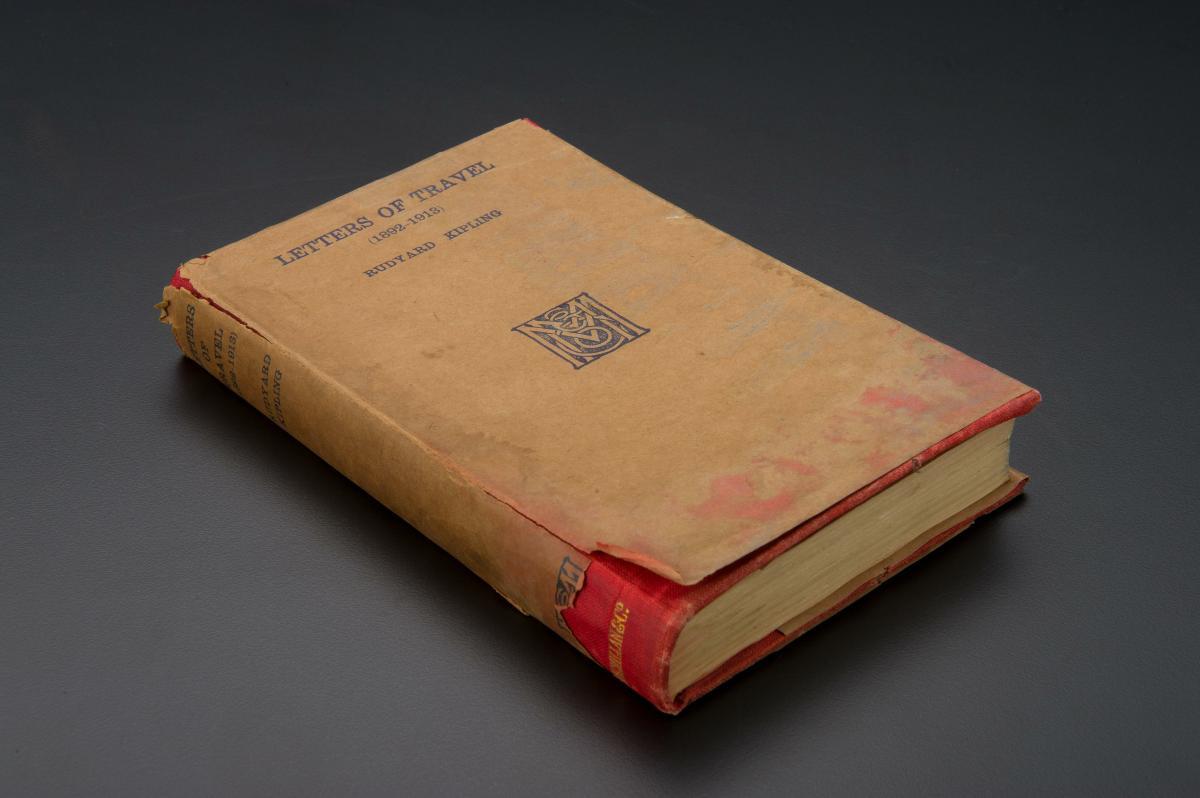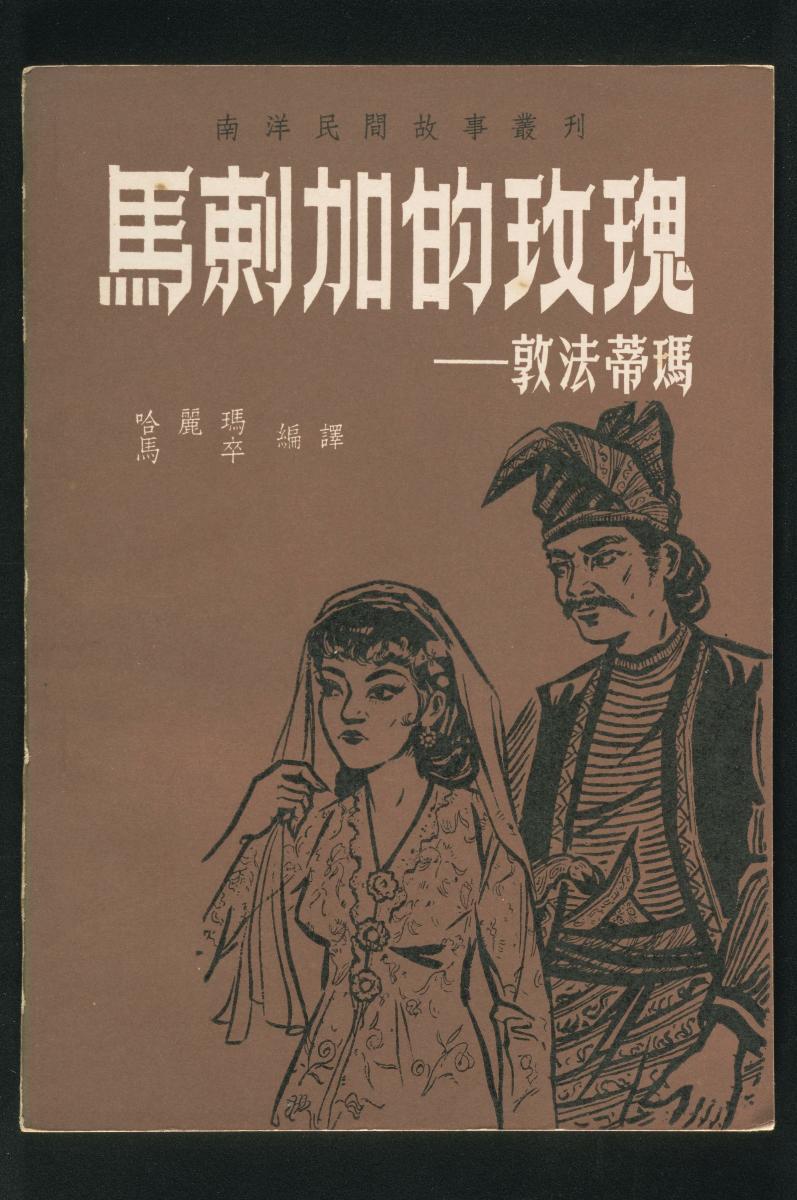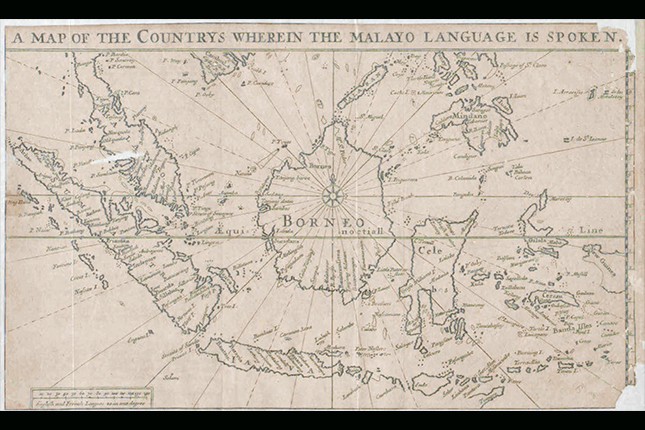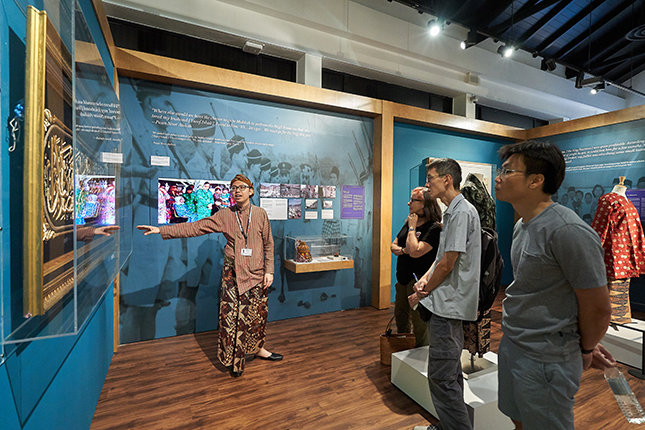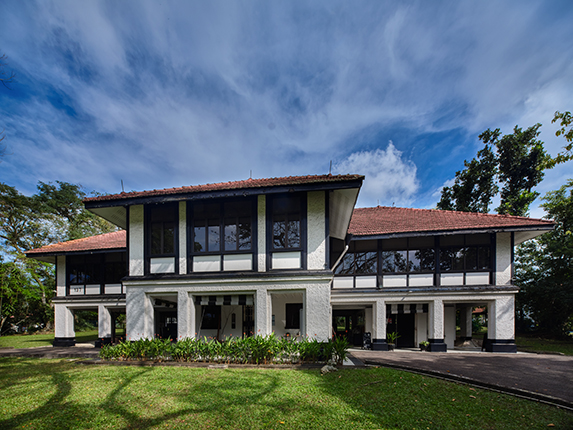TL;DR
Puisi, often associated with elegant wordcraft, captivates readers through precise language and technique. Beyond beauty, it conveys societal messages. Hamed Ismail, a distinguished Singaporean Malay author, exemplifies this tradition. His work, recognised internationally, contributes to preserving puisi as a vital part of Malay cultural heritage.Puisi is a literary genre that has become an integral part of the Malay cultural heritage. It is a structured composition often associated with a sequence of beautifully crafted words. This comes as no surprise, for with the careful selection of precise terms and specialised writing techniques, poetic verses have the power to both touch the heart and captivate the reader.
Essentially, puisi is one of the two primary genres in Malay literature. It is further divided into several types, including pantun, syair, gurindam, and others. Each type of puisi has its own specific structure and rules that writers must adhere to. For instance, a quatrain pantun begins with two lines of pembayang (introductory lines) followed by two lines conveying the main meaning. This distinct structure sets pantun apart from other types of puisi, such as syair, where each line directly conveys the intended message. Moreover, a skilled pantun writer must ensure that each line consists of 8 to 12 syllables. Additionally, the stanzas produced must follow a consistent rhythm and rhyme scheme.
In truth, like other aspects of culture, any form of art is inevitably influenced by the changes of time. As a "living" art form, new types of puisi, also known as "modern puisi," have emerged in response to these changes. Whereas poets of the past were bound by strict structural rules, “modern puisi” writers today are less constrained by rigid conventions
When comparing the content of modern and classical literature, several points can be highlighted. Foremost, any literary work, whether modern or classical puisi, reflects the life of the society in its era. Inevitably, every creation stems from the writer's experiences and surroundings. Thus, when analysing the issues raised by writers across different periods, certain differences become apparent. Indeed, the struggles of each society vary significantly. Issues that may deeply affect one community could be entirely absent in another.
Nevertheless, these issues and challenges reflect universal values that transcend time. For instance, themes such as humanity, justice, peace, and others embody universal ideals that are not confined to any era or society. Indeed, these values are aspirations shared by all of humankind.
Thus, puisi is not merely a garden of beautifully crafted sayings. Rather, it reflects life, capturing the myriad challenges faced by society. In other words, a poet does not create works detached from the struggles of their community, nor are they preoccupied with presenting lofty theories or grandiose proclamations. Instead, what often strikes a chord with readers is not just the beauty of the words, but their ability to connect the puisi to their own life struggles.
In this regard, the writer's sensitivity is further enhanced by their choice of the appropriate poetic form, be it syair, pantun, or other forms of literary art, to highlight the issue they wish to address. In tandem with this, to ensure the message is conveyed effectively, the writer must also select the most suitable words and writing techniques.
However, for a writer to attain a high level of mastery is not a matter of days or weeks. It is a lifelong endeavour requiring consistent practice, dedication, and a steadfast commitment to improving their craft. Among the essential habits is incorporating reading into daily routines, regardless of the language. In fact, even when writing Malay puisi, there is no harm in drawing inspiration from works in other languages. Writers may even adopt the writing techniques found in these works. Additionally, a writer should overcome feelings of embarrassment or ego that may hinder them from seeking knowledge or advice from fellow writers. At the same time, when blessed with knowledge, one should not hesitate to share it, so that together they can further nurture and expand this literary heritage.
Encik Hamed Ismail – Advocate of Language and Literature
Among the local writers engaged in this literary heritage is Encik Hamed Ismail, an accomplished author well-known in the literary world. Armed with extensive experience, his involvement in this field spans across various literary genres.
In his early career, while serving in one of the ministries, he was tasked with reviewing books imported from other countries. This experience exposed him to various styles and writing techniques, which he later utilised when venturing into the world of professional writing.
Subsequently, he took on the role of a scriptwriter for local television dramas. With his extensive reading background, he was able to craft and adapt various elements into his scripts, whether these elements were drawn from Malay or English works. At the same time, he did not neglect to include aspects deemed significant to the Malay community, such as culture, religion, and other related themes.
During that time, he developed an interest in stage plays. Although the number of stage play scripts he managed to produce was limited, he is grateful that several of his works are still read and utilised today. In fact, his stage play “Anjing untuk Diplomat” was even included in the literature syllabus at the pre-university level.
Encik Hamed’s exposure to puisi began at a young age when his uncle, a writer, introduced him to this beautiful art form. After years of dabbling in puisi, one of his works won first place in a competition. Following this achievement, he began to gain wider recognition. His efforts to refine his writing skills clearly paid off, as evidenced by the numerous prestigious awards he has received.
Nonetheless, his journey in the literary world did not end there. In addition to writing, he is now often invited to conduct writing courses and speak at literary forums. As a result, he finds great satisfaction in sharing his knowledge and experiences with anyone interested, particularly young individuals who are just beginning to explore the literary arts. While acknowledging the various challenges that come with this endeavour, he encourages aspiring writers to remain resilient, as this literary heritage offers numerous benefits not only to the writer but also to their community.
One of the challenges to be faced is the passage of time, which inevitably brings changes in readers' tastes. Therefore, it is essential for writers to engage with their communities to identify trends and elements that captivate their interest. Mr. Hamed emphasises that anyone hoping for their work to be read must be fair by first ensuring that the work produced aligns with the preferences of society.
The Future of the Artform
Ultimately, puisi is a branch of Malay cultural heritage that is both rich and highly valued. However, it is not immune to the effects of changing times, which bring shifting interests and tendencies. Thus, practitioners of the arts must have the courage to make necessary changes and adaptations to ensure that this cultural heritage remains relevant. For instance, to revitalise puisi, it can be performed rhythmically with musical accompaniment.
At the same time, it cannot be denied that any form of creative art, including puisi, requires linguistic fluency. Therefore, to preserve the art of puisi, a love for the Malay language must first be nurtured. It would be beneficial to dispel any negative perceptions of the Malay language and replace them with an emphasis on its beauty and richness.
In conclusion, puisi is not merely a garden of beautiful but empty words. Rather, its exquisite expressions reflect the writer’s society—a vivid mirror that demands a high level of sensitivity and awareness.
In this video, Pak Hamed Ismail discusses his literary journey, pantun, and Malay cultural preservation through literature.
About the Author
Tauhid Bakhit is an undergraduate in Malay Studies at the National University of Singapore (NUS). His interest in the Malay language and literature began in primary school. Since exploring literature as a subject in junior college, he has actively delved into the rich heritage of literary works across various genres. was appointed as a Sahabat Sastera (Friend of Malay Literature) by the Malay Language Council, Singapore (Majlis Bahasa Melayu Singapura or MBMS) in 2023 and has since been given numerous opportunities to contribute critical essays and deliver presentations on local and regional literature.
Originally written in Malay by Tauhid Bakhit, this essay was first published in Berita Harian, commissioned by the MHC to accompany its Intangible Cultural Heritage Conversation Video Series.




